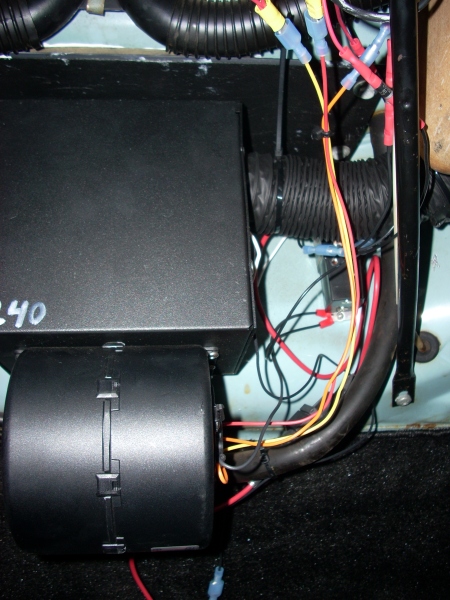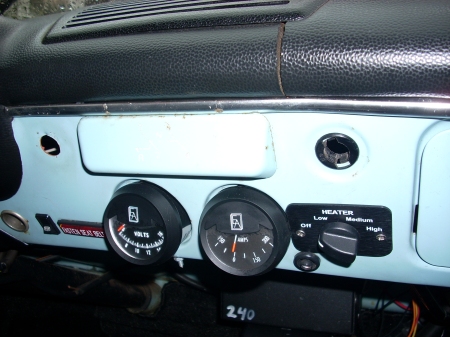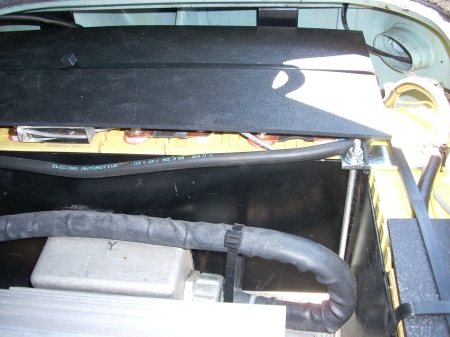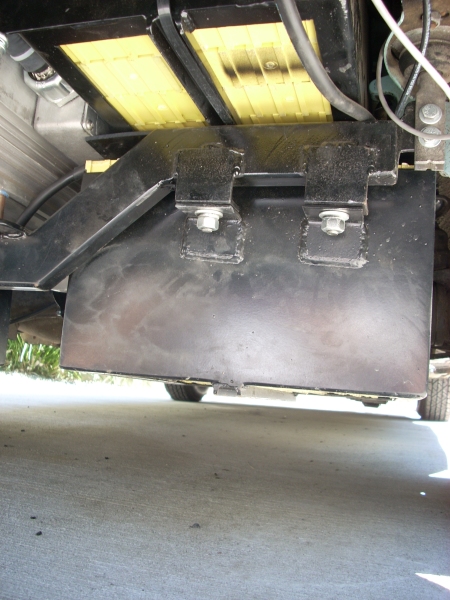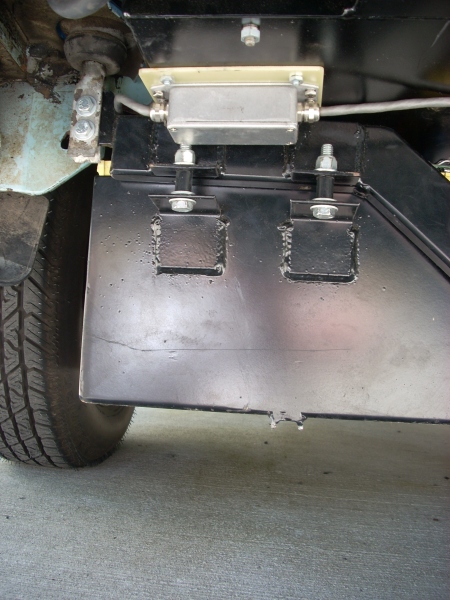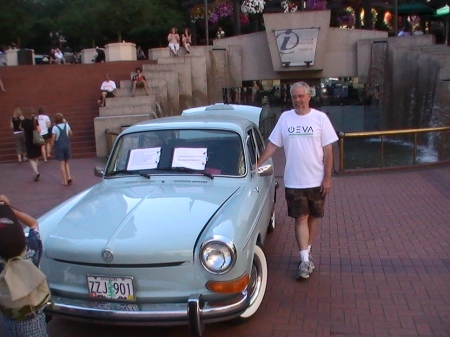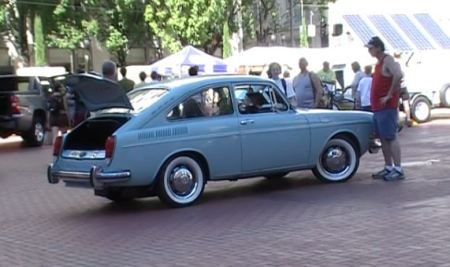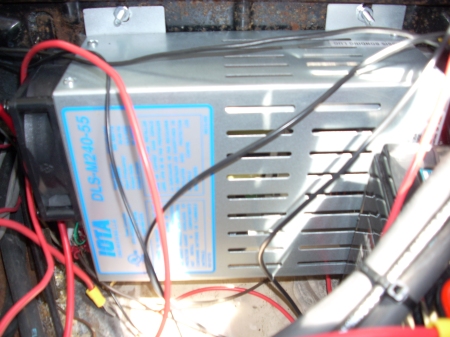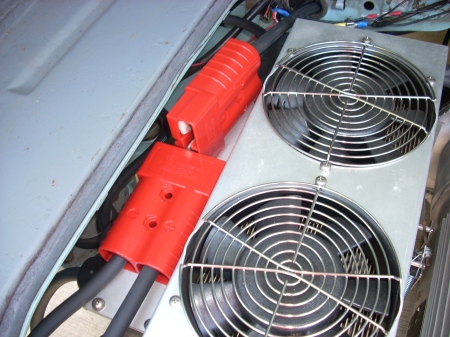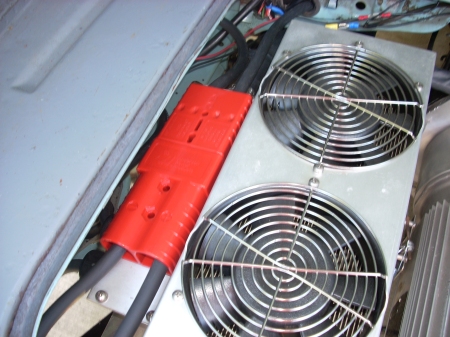It has been quite a while since I completed this project. While the Fastback is running just fine, I am sometimes asked if I would do a project like this again. The short answer is “No”.
Last summer I took an opportunity to buy a new Think City EV for a great price. It is a wonderful little car. And when I consider all the other options like the Nissan Leaf and Smart Electric, I have come to believe that the days of the hobbyist EV conversion are numbered. Here is my comparison of a new EV versus converting an older car to electric drive:
NEW CAR advantages:
1. Lower cost than conversion (now 50% less in some cases)
2. Financing available
3. Latest safety features
4. Warranty, and dealer service
5. No “old car” issues like body rust, failing parts, etc. I’ve personally had almost none of this, but it could happen any time.
6. Resale market
7. More usable space, greater overall utility
8. Instant gratificaiton – write a check today and drive it today
CONVERSION advantages:
1. Lower environmental impact (re-use)
2. Finished product is unique
3. If you start with a cool old car, you have an even cooler EV
4. Learning opportunity
Since I started my project, the market has changed dramatically. There are many choices in new EV’s now and the price continues to fall. Meanwhile, the hobbyist market has not seen comparable price declines. The batteries, motors, controllers and BMS’s that are available to a home builder have not changed much in features or cost. Nor do I expect this to change – the big manufacturers have the economies of scale that no hobbyist can match.
The bottom line? If you are looking for a quality EV for transportation, go to your local Nissan or Smart or Mitsubishi or Ford dealer. If you are want to make a statement or take on a challenge, and have the money to spend and patience to match, then a conversion still makes sense. Essentially, the EV conversion now resembles the ICE kit car – a labor of love undertaken by few.
When I started my project, there was no mid-market “store-bought” EV option. The few available were either crap (think Zap Xebra) or six-figure expensive (Tesla Roadster). How much has changed!
